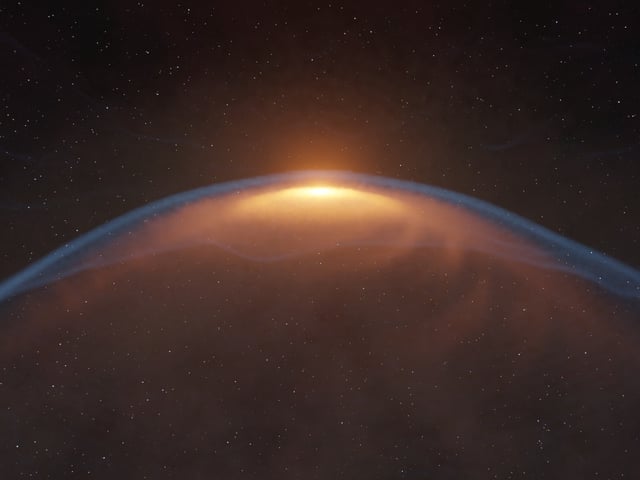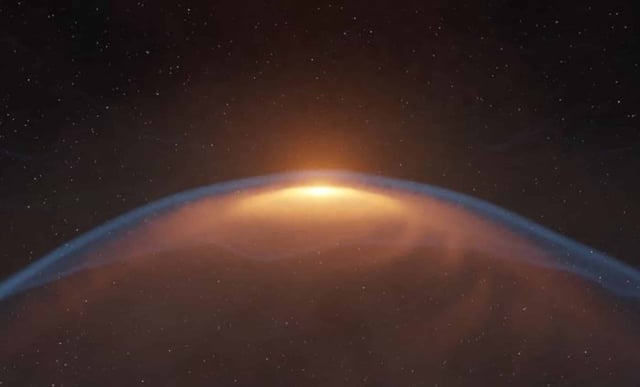Overview
- A team of Japanese astronomers has documented the first direct collision between a jet-driven bubble and the protoplanetary disk of WSB 52, located 441.3 light-years away in Ophiuchus.
- Researchers traced the bubble’s origin to a high-speed jet striking cold gas hundreds of years ago, which compressed and then explosively expanded into a bubble.
- Detailed imaging shows the shock front from the expanding bubble deforming the disk’s structure, indicating active feedback on the planet-forming material.
- Precise alignment of the bubble’s center with the disk’s rotation axis confirms the jet as the driver of the explosion and ensuing shock.
- Published in The Astrophysical Journal, the findings reveal an unpredicted feedback mechanism that challenges models of early star growth and disk evolution.

